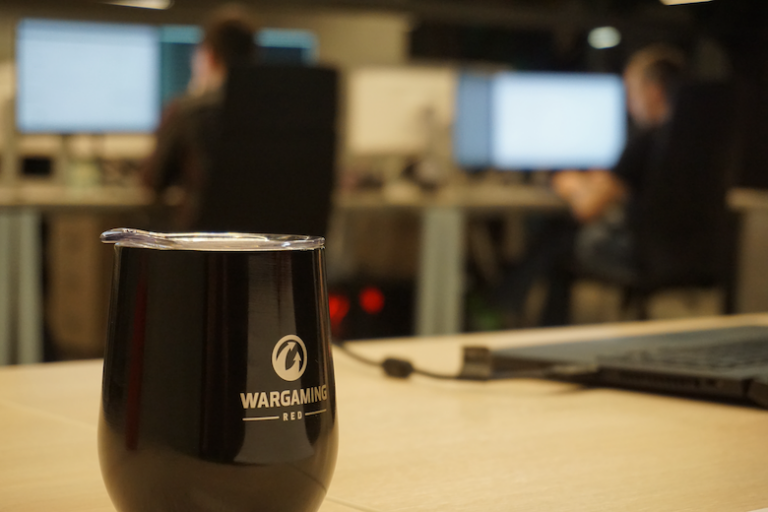from idea to first experiments and present
Example. For the Ariane 6 rocket, an injector head was printed using the SLM method, through which the fuel mixture is pumped into the combustion chamber. Typically, such parts consist of hundreds of parts (for Ariane we are talking about 248 parts) that need to be machined and welded together. 3D printing allows these components to be manufactured as a single unit.


Automotive industry
Another pioneer in the use of 3D printing. The advantages are obvious: rapid prototyping in a highly competitive environment, the possibility of customization and a flexible approach to design.
Example. Porsche recently unveiled a new sports car seat concept that uses 3D printing and lattice design. The new seats feature 3D printed polyurethane center seat and backrest sections that can be adjusted to three levels of firmness: hard, medium and soft.

Another example: Ford uses 3D printing to create tooling, such as attaching engine components or brackets. Lighter and cheaper parts that do not need to be produced in tens of thousands of pieces. This is also an excellent option in terms of spare parts for service centers.

Medicine and Dentistry
We have already mentioned growing organs like the bladder: the list goes on and on. Benefits on the surface: There is hardly a more individual item than a jaw prosthesis, crown or kidney.
Example. Align Technology uses 3D printing to create clear bite alignment plates. During production, both the SLA method based on non-toxic resins and MJF are used. Total in the field of orthopedics we are talking about 600,000 different products per year.

Other examples are artificial hips and knees, skull patches, or spinal vertebrae replacements.

Consumer goods
It is hardly possible to imagine a more competitive environment than the production of shoes, bicycles, toys and the like. Production times must be kept to a minimum, which is why 3D printing capabilities are truly invaluable for companies.

Example. Adidas 4D prints carbon midsoles for its Futurecraft running shoes. This technology was invented and patented by the startup Carbon – in total there are 20,000 compounds in the layer that increase elasticity when walking. This is very difficult to achieve using other methods.
Another interesting thing: Chanel produces Révolution Volume mascara brushes, printed using the SLS method. Using 3D printing, the design of the brush has been optimized – for example, the rough, grainy texture improves the adhesion of the mascara to the eyelashes.

Industrial goods
Here, too, everything is obvious: the possibilities of rapid prototyping for OEM manufacturers of machine tools or tools are a real treasure. But besides this, additive manufacturing makes it possible to obtain truly complex designs of parts as a single whole. This gives better performance.
Example. Bowman is the UK's leading bearing manufacturer. Using HP Multi Jet Fusion (MJF) technology and PA11 nylon material, the company was able to produce the most complex Rollertrain designin which rolling elements fasten each section of the cage.

Another example is the production of equipment for individual orders. Well-known tool manufacturer Wilson Tool International has opened a separate 3D printing division – Wilson Tool Additive. Customers submit their drawings and receive a finished element of any size and shape in less than 12 hours.
Of course, there are many more uses – tell us what you know in the comments.
What awaits us in the future
What will happen next if not only parts for many industries, but also entire cars, aircraft and even Houses?

The most important technology that has been actively trying to be implemented for several years is 4D printing. No, no one is trying to come up with another dimension, although the term looks more like a marketing ploy.

It’s just that objects are made from “smart” materials that change their properties over time or due to changes in the environment: temperature, pressure, humidity, acidity, and so on.
We are talking about shape memory polymers – SMP. Let's say:
The shoes will change their properties and become more elastic when the load on them increases during running;
Stents that will change their shape under the influence of increased blood flow;
Flexible protective screens for spacecraft that deploy at the right time and protect equipment and astronauts.
And so on – the scope of application is huge and is limited, it seems, only by human imagination.
But if we talk in general about the development of additive manufacturing, then the most important thing, in our opinion, is:
Reducing the time it takes to create prototypes so that printing with acceptable accuracy takes minutes or even seconds rather than hours.
Increasing the resolution of printers to create even more geometrically complex objects, and preferably also without supporting elements;
Using even more diverse and unexpected materials. Perhaps even at the microcosm level;
Integration into production chains – so that ideally you can achieve automated production of thousands of parts per day.
And looking at the path that 3D printing has come in some 40 years since the invention of Charles Hull, it seems that this is an absolutely inevitable thing. We just have to buckle down and not be too surprised.
How do you use a 3D printer? And what do you think about the future of technology?
The UFO flew in and left a promotional code here for our blog readers:
-15% on any VDS order (except for the Warm-up tariff) – HABRFIRSTVDS.



